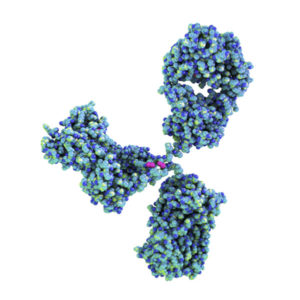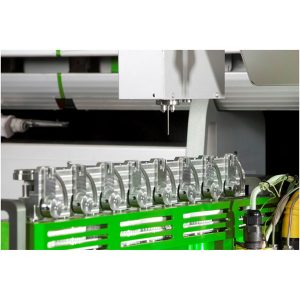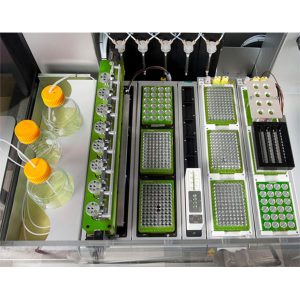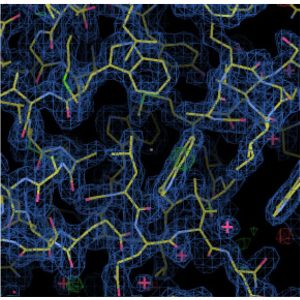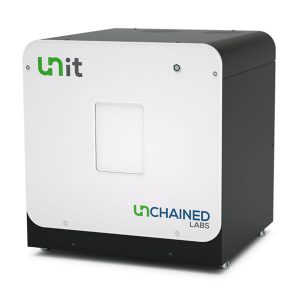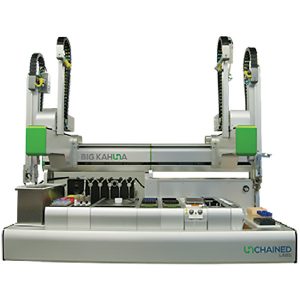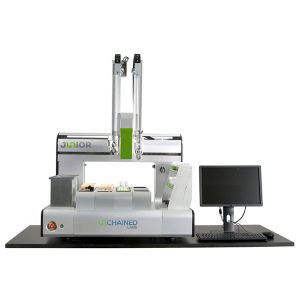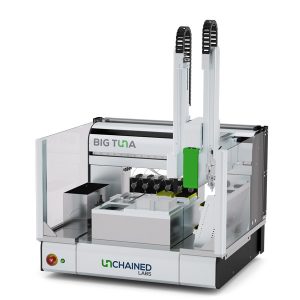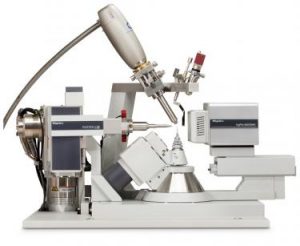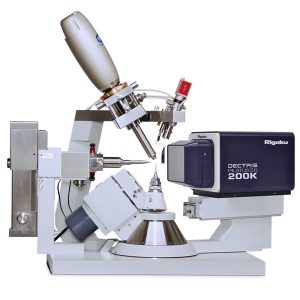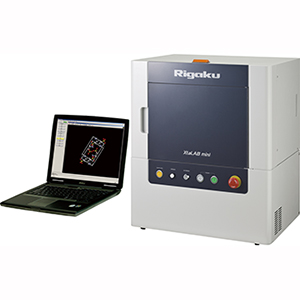Biologics, Biopharmaceuticals and Biotherapies
These medicines or drugs are manufactured in, or synthesised from biological sources. These can be vaccines, antibodies, blood or its components, cells, genes, tissues or proteins.
The Increasing Popularity of Biologically Derived Therapies
Biologics are powerful in the treatment of disease because they are very similar to the bodys own proteins or factors and therefore more easily incorporated into the bodys defence system. With the need for these kinds of treatments increasing dramatically in recent years, there has been an increase in both research and development, and large scale production of biopharmaceuticals and biosimilars (generic copies of the original biopharmaceutical).
Why does Protein Stability Matter?
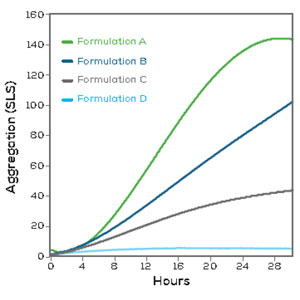 This has led to the requirement of high throughput analytics to determine how well a new biologic will perform. These are generally protein- or cell-based and therefore larger than the more traditional small-molecule-style drugs and as a result, they are more prone to aggregation and other stability issues. Increasing levels of aggregation makes them more difficult for the body to take up and absorb. At very high costs to produce and with large numbers of possible formulations for a single drug, it is very important for companies to find out early in the development process, how stable a protein is.
This has led to the requirement of high throughput analytics to determine how well a new biologic will perform. These are generally protein- or cell-based and therefore larger than the more traditional small-molecule-style drugs and as a result, they are more prone to aggregation and other stability issues. Increasing levels of aggregation makes them more difficult for the body to take up and absorb. At very high costs to produce and with large numbers of possible formulations for a single drug, it is very important for companies to find out early in the development process, how stable a protein is.
When formulating a protein as a drug, these questions need to be answered:
- Will it be stable throughout the manufacturing process?
- Will it be stable at the storage concentration?
- Is it more stable in a particular formulation?
- What is the shelf life?
- How will it be administered? For example, if injected, it must not aggregate at the temperatures involved.
Analysis of Biologics
Labs/Scientists who would be interested in biologics analytics include:
- Formulation scientists
- Biophysical chemists
- Protein characterisation facilities
- Biologics profiling scientists
Automated Formulation Workflow in Biologics
Development and refining of biologics formulations is a time and labour intensive process. With the added need for accuracy and repeatability automated solutions are crucial. Furthermore, the proteins used to make these formulations can be difficult to synthesise and expensive so accurate transfer is imperative.
Unchained Labs offers the Big Tuna, which as the name suggest does all the hard work automatically generating protein formulations for testing.
Alternatively, they also offer Big Kahuna and Junior which offer larger degrees of freedom allowing you total freedom and flexibility to customise the automated development phase of your formulation development.
The aim for analysing biologics is to get as much information as quickly and as early as you can, using less protein, while obtaining highly sensitive results. Properties if biologics that are of significance are:
- Tm & Tagg determining melting point and the temperature at which aggregation begins
- Isothermal stability Thermal stability over extended time periods
- Thermal recovery
- Sizing Protein size determined by Dynamic Light Scattering (DLS) and/or Static Light Scattering (SLS)
- Polydispersity what is the distribution of particle sizes within the solution
- Sizing with thermal ramp as temperature rises, how does the size change, is aggregation occurring?
- kD diffusion interaction parameter : a measure of weak protein-protein interactions
- B22 second virial coefficient : a thermodynamic measure of protein-protein interactions in a solution
- Viscosity As a function of changes in concentration or formulation change
Solutions for Stability Analysis
The UNcle is the most comprehensive biologics characterisation tool, able to measure all of these properties in a single compact instrument. It combines the capabilities of 3 instruments into a single instrument:
Protein Structure Analysis
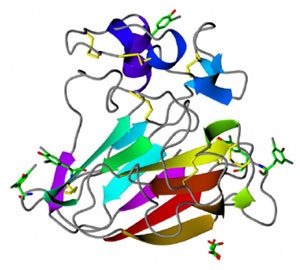 Also of interest to developers of protein-based medications is the structure of their protein which in turn will dictate its function. X-Ray Diffraction (XRD) is the ideal technique for protein crystallography or the determination of the structure of proteins as well as macromolecules.
Also of interest to developers of protein-based medications is the structure of their protein which in turn will dictate its function. X-Ray Diffraction (XRD) is the ideal technique for protein crystallography or the determination of the structure of proteins as well as macromolecules.
Rigaku Oxford Diffraction are the undisputed leaders (the company formed as a result of the merger of leaders Rigaku and Oxford Diffraction). Their diffractometers blend high brightness PhotonJet microfocus X-ray sources with versatile high speed detectors and powerful Chrysalis Pro software.
The lineup includes:
- Synergy R The ultimate protein crystallography diffractometer featuring high flux (single or dual wavelength) X-ray source
- Synergy S Powerful Diffractometer for protein structure determination
- xtaLAB mini II Benchtop system for 3D structure determination capable of producing publication quality data and ideal to for teaching
- PX Scanner – a fully integrated system for in situ screening and data collection of crystals in SBS crystallization plates and microfluidic chips.
- XtalCheck – An automated tool for performingin situ crystallography experiments on your existing X-ray diffraction system
Integration
Systems like Big Kahuna and Junior can be integrated with diffractometers like the Synergy R and Synergy S. This allows you to produce and analyse formulations. The LEA system correlates the formulation and analytical data to improve your workflow and accelerate your research.

